Cooking Methods: Why Do They Matter?
Source : Nutriactis/CHU Rouen-Normandie
Did you know that how we cook our food can affect not only its taste but also its nutritional quality and even our health?
In this article, discover the nutritional advantages and disadvantages of major cooking methods. On the last page, you’ll also find a simple microwave recipe ideas.

Dry heat cooking methods
Dry heat cooking is a method of cooking without adding water. It is generally done at high temperatures and is divided into two categories: direct and indirect.
Direct dry heat cooking
The food is in direct contact with the heat source, such as in a frying pan or on a barbecue. These two methods of cooking involve high temperature, which can lead to the formation of harmful compounds, recognizable by:
Browning of food: it is characteristic of a process called Maillard reaction, which results from the interaction, at high temperature, between carbohydrates and fats or proteins. Its develops appealing flavors but also lead to the formation of harmful compounds such as acrylamides and advanced glycation end products..
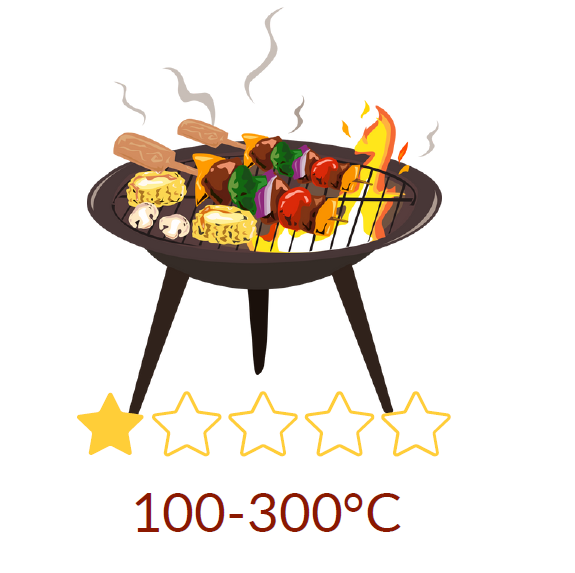
Smoke: For example, during barbecuing, when fat drips onto the embers, it creates smoke that can build up the meat during cooking. This smoke contains potentially toxic substances called polycyclic aromatic hydrocarbons (PAHs), which are linked to an increased cancer risk.
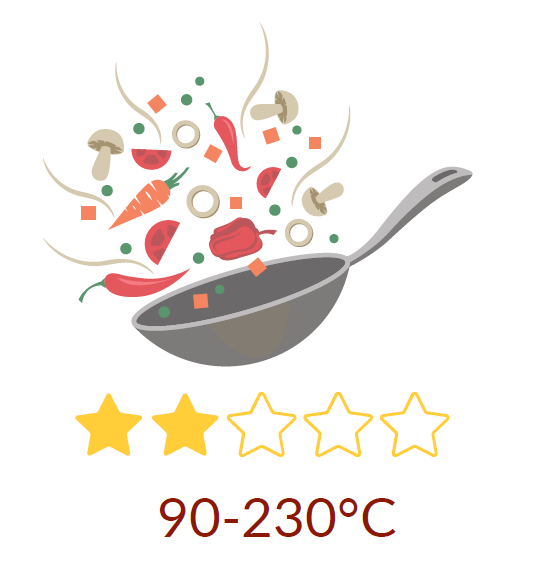
IN THE FRYING PAN: CHOOSE YOUR OIL WISELY!
Use oils that tolerates heat well, meaning their smoke point is lower than the cooking temperature. Examples of heat-stable oils include olive oil, sunflower oil, refined rapeseed (canola) oil, and grapeseed oil. A useful tips: il the oif smoke, it’s turning toxic. Avoid cooking at excessively high temperatures : on high heat, the temperature can reach 220-250°C (428–482°F).
BARBECUE : GOOD PRACTICES TO REDUCE RISKS
It’s better to wait the embers of decline, so not longer flaming (about one hour after lighting) to avoid direct contact with flames. It is also recommended to: avoid eating charred parts, remove the skin from chicken or fish, and prevent fat from dripping onto the fire.
Indirect Dry Heat Cooking
In indirect dry heat cooking, the food is not in direct contact with the heat source but is cooked by the hot air circulating around it.
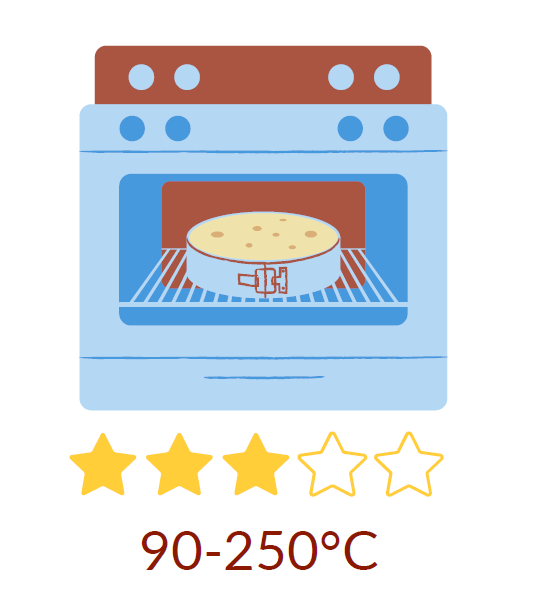
The oven works with homogeneous heat diffusion. It also triggers the Maillard reaction, meaning it too can lead to the formation of harmful compounds (as for frying pan).

The Air Fryer is a cooking device that uses rapidly circulating hot air to cook food with little or no added oil. This method is still not widely studied, but in terms of taste and texture, it closely resembles traditional oil frying, especially at temperatures between 190 and 210°C.
Studies comparing air frying to deep frying suggest that air frying reduces both fat intake and the formation of acrylamides. However, further research is needed to fully evaluate the health impacts of this newer cooking method.
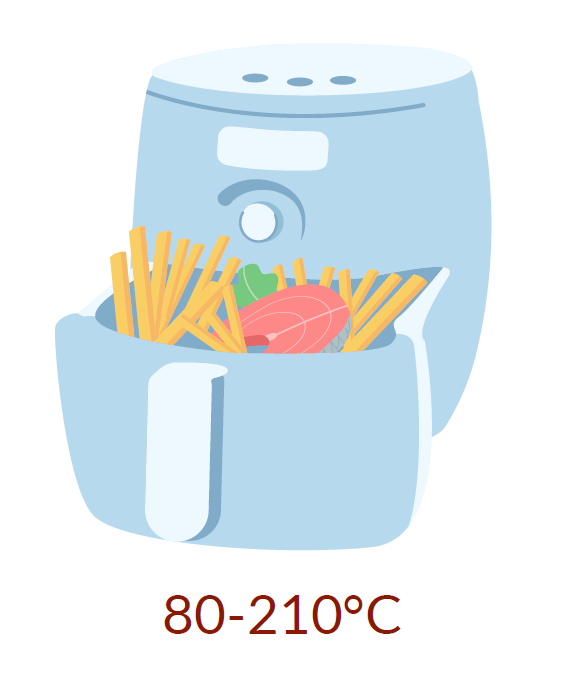
Moist Heat Cooking
Moist heat cooking uses water, either in liquid form or as steam, to cook food. It includes steaming and boiling.
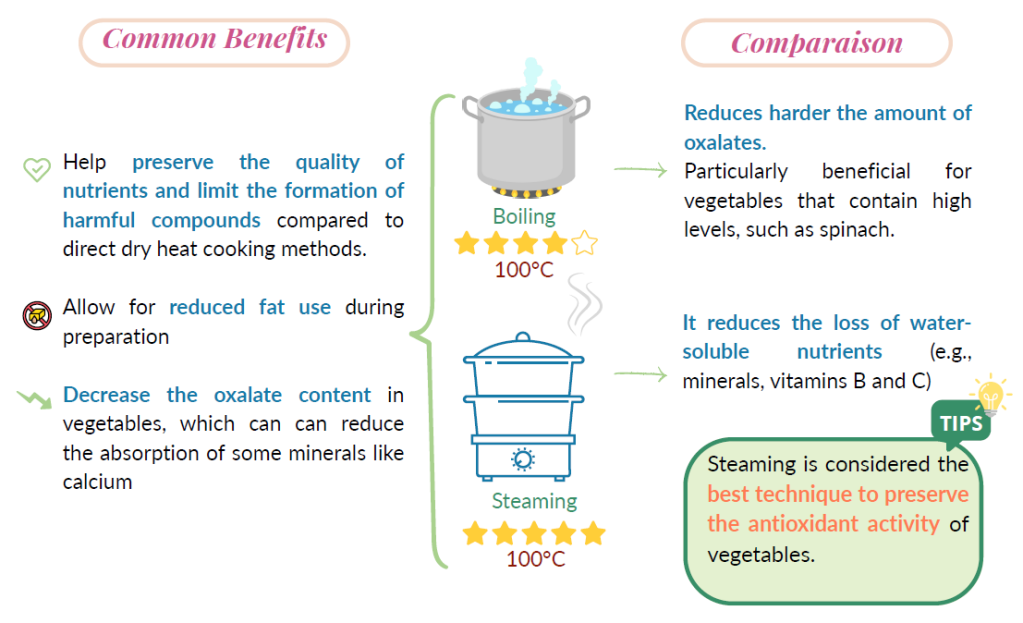
Beyond Fire and Water: Other Cooking Methods
Radiation: The Microwave
The microwave oven heats food by vibrating the water molecules in the food through microwaves.
Contrary to common misconceptions, like steaming, it effectively preserves the nutritional qualities of food. It also has the advantage of reducing the oxalate content in certain vegetables (less than boiling), and generates fewer harmful compounds than dry-heat cooking or frying.
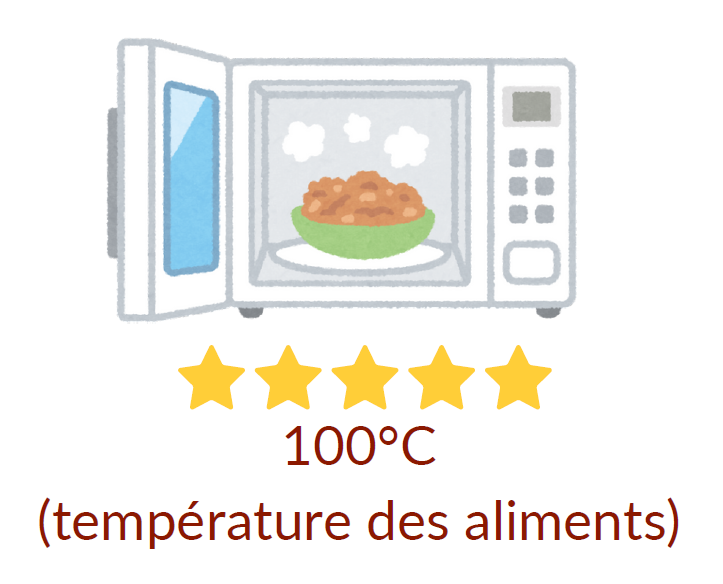

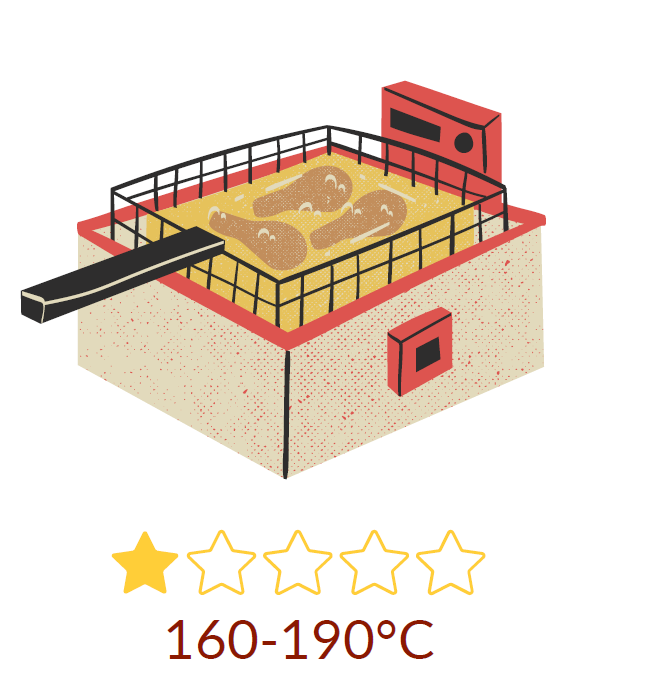
Cooking by immersion in fat: frying
Frying is the cooking method that generates the most harmful compounds: acrylamides (especially in starchy foods like potatoes), trans fats (particularly when oil is overheated or reused), and certain cyclic aldehydes. It also requires a large amount of fat, which is absorbed by the food.
Regular consumption of fried foods is associated with increased oxidative stress and inflammation, as well as a higher risk of chronic diseases such as hypertension and diabetes. 160-190°C.
Without Cooking: Eating Raw
Eating raw preserves the nutrients, especially those sensitive to heat like vitamins B and C. However, cooking is necessary for certain foods to improve digestibility (e.g legumes) and ensure the food safety (e.g raws potatoes can be toxic). Cooking also reduces the risk of microbial contamination, particularly in meat, fish and eggs.

Conclusion
The star ratings are provided as a guideline to help compare cooking methods, based on the formation of harmful compounds and/or nutrient loss. They do not take into account taste, convenience, or energy consumption.
A single meal does not pose a toxic risk; it is repeated exposure over time that can have long-term effects. The goal is not to completely avoid fried foods or barbecues, but rather to limit how often they are consumed. As always in nutrition, the key is variety!

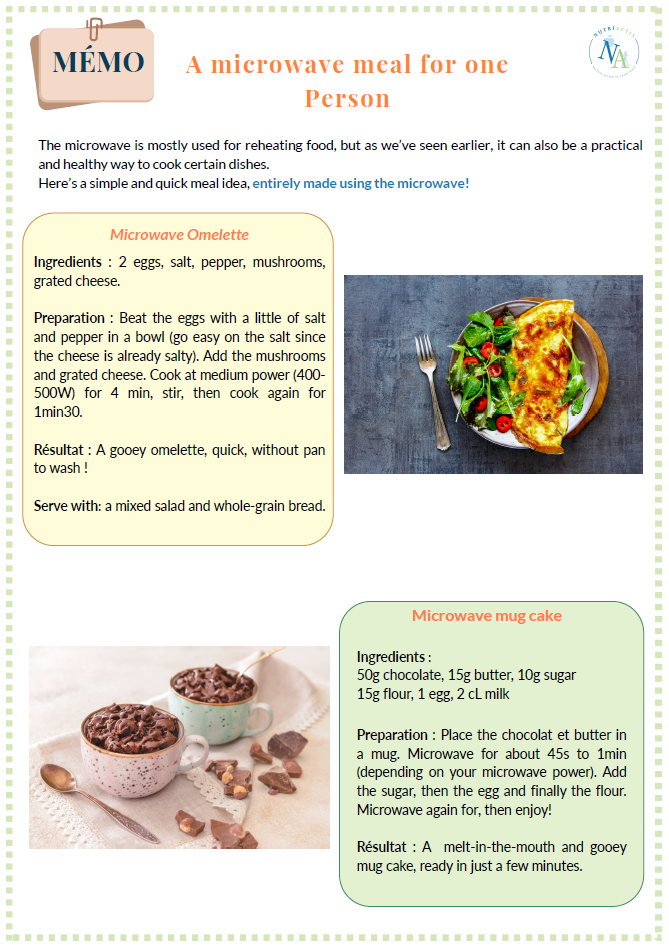
-
Cooking Methods: Why Do They Matter?
pdf – 4 MB